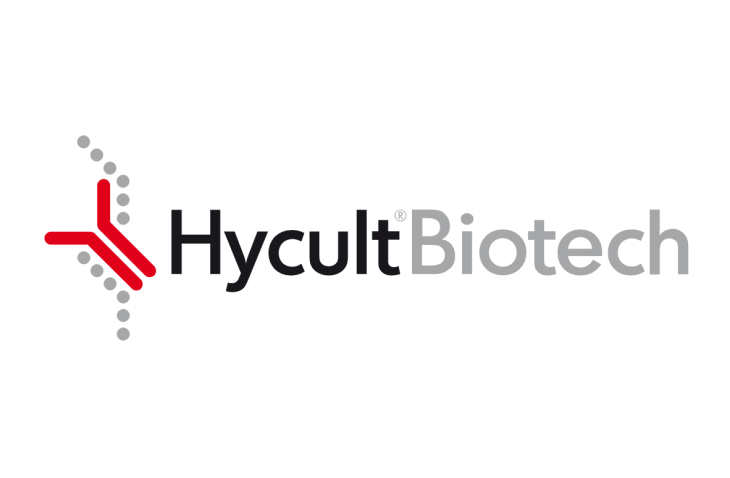Product description
Antibody 4F9D7 recognizes human Collectin-10 (CL-L1). The complement system is the first line of defense against pathogens and important component of innate as well as adaptive immunity. It consists of three major pathways, the classical, alternative and lectin pathway. Each pathway is activated in a different way. The lectin pathway recognizes foreign carbohydrates structures via MBL, ficolins and collectins. CL-L1, CL-K1 (collectin kidney 1 / Collectin11) and CL-P1 (collectin placenta 1/ Collectin12) are the most recently discovered ones. CL-L1 and CL-K1 are quite homolog and have a classical collectin structure and they are highly conserved in mammals. Both CL-L1 and CL-K1 can bind to carbohydrate ligands and DNA of pathogens or on the membrane of damaged cells. They interact with MASPs and activate in a similar way to MBL and ficolins the lectin pathway. Native Cl-L1 displays a calcium dependent binding pattern. A conformational change in carbohydrate recognition domain (CRD) is indicated when the calcium ion is removed by chelation with EDTA. Collectins share a common multimeric structure leading to varying degrees of oligomerization. The chains consist of a collagen-like region, an alpha helicon neck domain and a CRD. CL-L1 was originally found in hepatocytes but mRNA is also found in placenta, adrenal glands lung, small intestine and prostate. Initially it was thought to exist only as a cytoplasmic protein. Recent studies show that is also present in the circulation, either separately of in heteromeric complex with CL-K1.
The average serum concentration is depending on the study, localisation and health status of the population. It is considered to be approximately 300ng/ml for healthy individuals. CL-L1 is encoded by a gene called COLEC10 on chromosome 8. A few polymorphisms have been identified which can lead to increase (up to 40%) of the CL-L1 serum concentration. In SLE patient CL-L1 levels are decreased by approximately 20%. High levels of CL-L1 are beneficial at time of kidney transplantation and is associated with increased long term overall mortality. Elevated levels have also been found in the early phase of acute liver failure and in cirrhosis. Due to (short) periods of microbial challenge fluctuations in CL-L1 in healthy individuals are seen in a given period. In plasma higher levels of CL-L1 are found than in serum (ca 30%).
The average serum concentration is depending on the study, localisation and health status of the population. It is considered to be approximately 300ng/ml for healthy individuals. CL-L1 is encoded by a gene called COLEC10 on chromosome 8. A few polymorphisms have been identified which can lead to increase (up to 40%) of the CL-L1 serum concentration. In SLE patient CL-L1 levels are decreased by approximately 20%. High levels of CL-L1 are beneficial at time of kidney transplantation and is associated with increased long term overall mortality. Elevated levels have also been found in the early phase of acute liver failure and in cirrhosis. Due to (short) periods of microbial challenge fluctuations in CL-L1 in healthy individuals are seen in a given period. In plasma higher levels of CL-L1 are found than in serum (ca 30%).
Specifications
Applications
WB, ELISA
Isotype
Mouse IgG1
Supplier
Hycult Biotech
Shipping & storage
Shipping condition
Room Temperature
Storage temperature
2-8°C
Do you have any questions about this product?
Order your product by email
Productname
CL-L1, Human, mAb 4F9D7
HM2356-100UG
By filling out this form, you are placing an order by e-mail. You will receive an order confirmation within one working day. The order cannot be modified after receipt of the order confirmation.
Request a sample
Productname
CL-L1, Human, mAb 4F9D7
HM2356-100UG
By filling out this form, you request a sample. You will receive an order confirmation within one working day. The order cannot be modified after receipt of the order confirmation.
Are you looking for specific products, alternatives or documentation?











